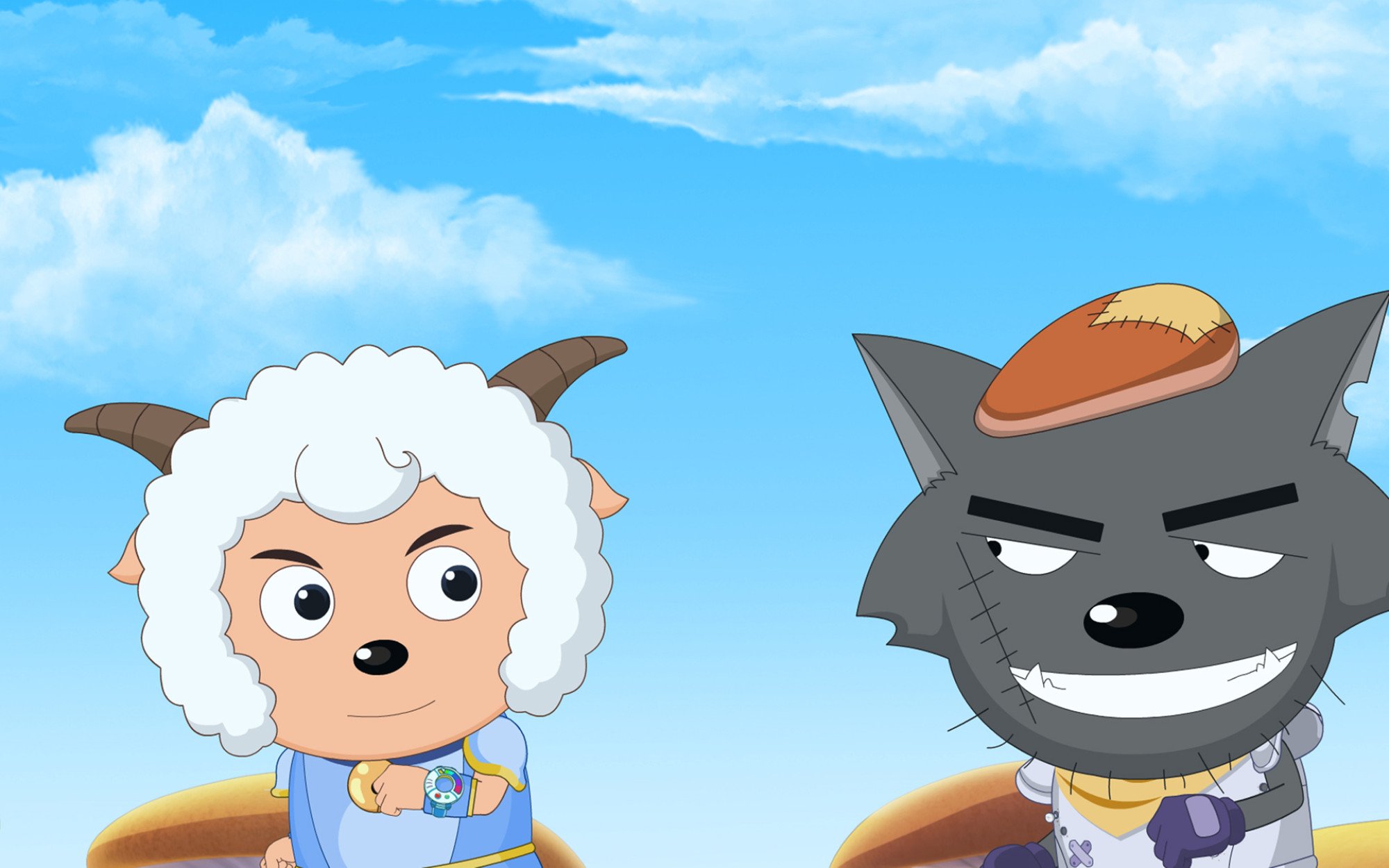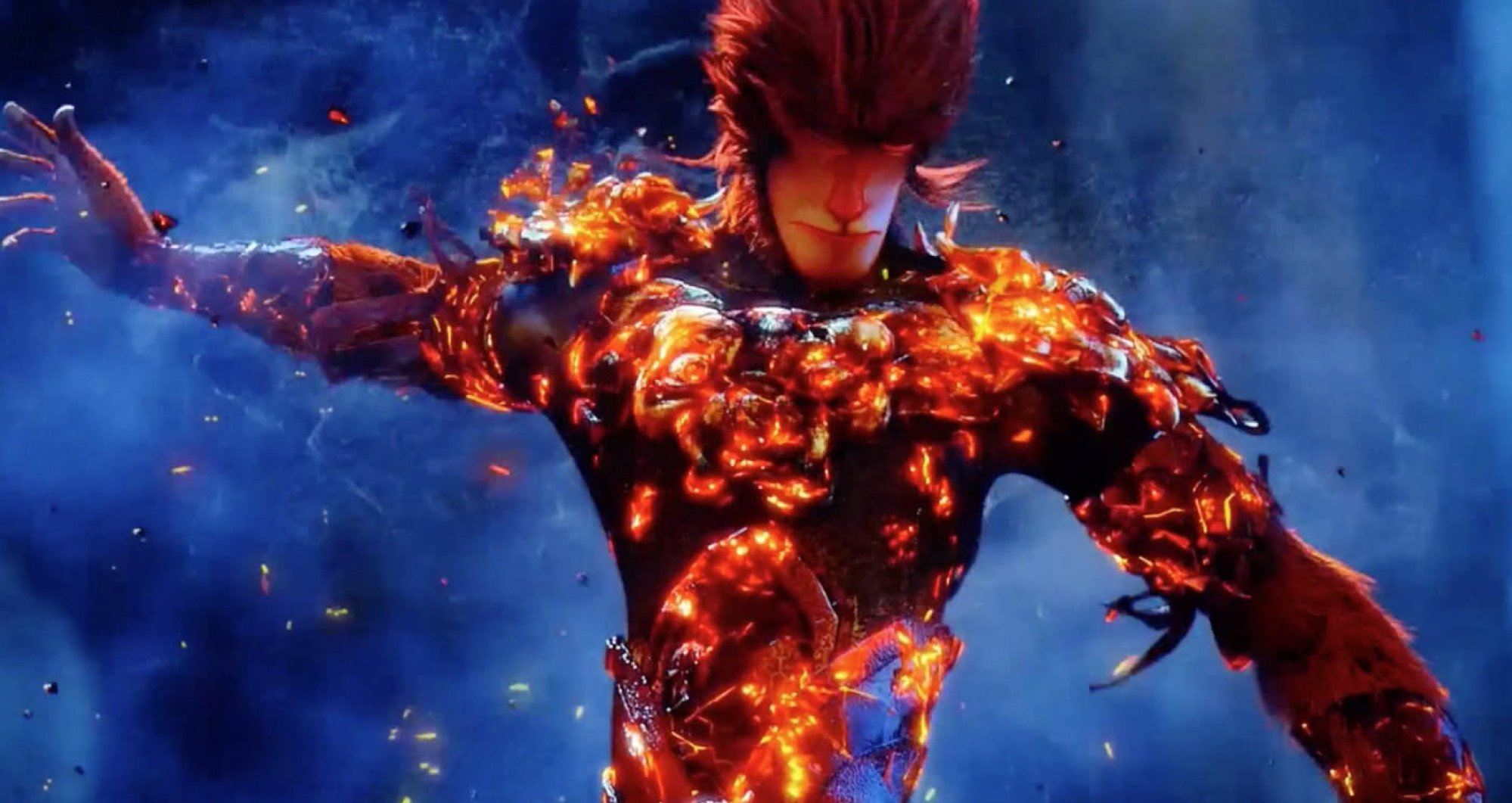
Chinese animation is on the rise with blockbuster movies Nezha and Chang An – how long before it takes on Disney and Pixar at the global box office?
- Overshadowed globally until now by US studios Disney, DreamWorks and Pixar, and Japanese anime, Chinese animation is going from strength to strength
- Animated films such as Chang An and Nezha have attracted huge audiences in China, something most Hollywood and Japanese counterparts have not achieved
It is the latest in a steady stream of home-grown animated hits to emerge in recent years, whose backers hope to appeal to wider audiences.
They are the product of a new generation of animators who have adapted some of the most beloved tales from Chinese history and folklore, and who are hoping to emulate the mainstream success of their live-action contemporaries.
Overseas, Walt Disney Studios created the model for producing top-tier animated blockbusters decades ago.
Its films, together with those created by Pixar, DreamWorks, Illumination and other studios, have dominated the box office charts and performed well on the awards circuit.
Is Netflix’s Zombieverse unscripted? Creators promise it is
Many of Hollywood’s most celebrated animations manage only modest returns in mainland China, if they are released there at all. Similarly, blockbuster anime titles from Japan feature infrequently in China’s box office charts.
Chinese audience tastes appear to be curiously unpredictable when it comes to determining which Western animated films will strike a chord.
How China – and the rest of the world – fell in love with Korean webtoons
In recent years, as the Chinese market has reaffirmed its focus on domestic products, even animated films have started to emerge of a comparable standard to those released by Disney and their contemporaries.

Similarly Boonie Bears, about a pair of woodland mammals called Briar and Bramble defending their woodland home, has transitioned formidably well to the big screen.
Since 2014’s Boonie Bears: to the Rescue, the franchise has produced roughly one film a year, and as the series has grown, so too has its audience.
With its constantly improving computer animation and high-concept storylines, the Boonie Bears franchise has become a mainstay at the Chinese box office.

In their ninth outing, Boonie Bears: Guardian Code, released in January 2023, Briar and Bramble are taken to a robot research institute where they learn a staggering truth about their dead mother.
The film has taken more than US$220 million at Chinese cinemas and is currently the fourth biggest domestic animated feature of all time, with other entries in the franchise accounting for half of China’s all-time top 10.
The turning point appears to have come in 2015, with the release of Tian Xiaopeng’s Monkey King: Hero is Back.

No doubt the familiarity of the source material helped – the market never seems to tire of adaptations featuring the mischievous Sun Wukong – but perhaps audiences also responded to the film’s great leap forward in quality.
Part of the budget had been raised through crowdfunding, which no doubt guaranteed some kind of initial audience.
As it turned out, Tian’s film also benefited from word of mouth, helping it become the biggest animated hit from anywhere at that time, and remains in the top five of Chinese productions today.

With dazzling colours and a style that combines the photorealistic with the psychedelic, Deep Sea is the story of a young girl, struggling to deal with her mother leaving and her father remarrying, who escapes while on a cruise into a fantasy underwater world.

Adapted from Xu Zhonglin’s The Investiture of the Gods, a sprawling 16th century epic that weaves history and mythology, Nezha focuses on the eponymous young hero, who is possessed by a celestial demon while still in the womb.
Director Jiaozi’s film portrays Nezha as a mischievous but lovable little scamp who gets into all manner of scrapes and adventures as he attempts to harness his powers and assume his destiny.

This bold reimagining of the character was so successful that he spawned a rival franchise in the New Gods titles, and even featured in Cheng Teng’s 2020 film Jiang Ziya: Legend of Deification, a far more grounded and graceful adaptation of another chapter from Xu’s classic tome.
Nezha’s association no doubt helped that film take the number two spot on the Chinese chart, where it stayed until the arrival of Chang An.
Essentially chronicling the lifelong friendship between a pair of legendary warrior poets from the 700s, Gao Shi and Li Bai, Chang An – named after China’s ancient capital city, a hotbed of artistic expression during the Tang dynasty – succeeds as both a history lesson and artistic celebration of these two linguistic giants.

Gao Shi is the stoic military man, who put his duty to his country ahead of everything else but was in awe of the free-spirited Li Bai, whose attitude and hedonistic lifestyle only seemed to fuel the creative fires of his dazzling verse, which remains as vital today as when it was first published.
Directed by first-time filmmakers Xie Junwei and Zou Jing, Chang An (also known as 30,000 Miles from Changan) is reverent of its subject matter, bringing each poem vividly to life on screen while revelling in the opportunity to recreate one of the most thrilling chapters of China’s war-torn past.
With filmmaking of this calibre emerging, it is only a matter of time before animation from China enjoys the same international success as that of Hollywood, Japan and beyond.

